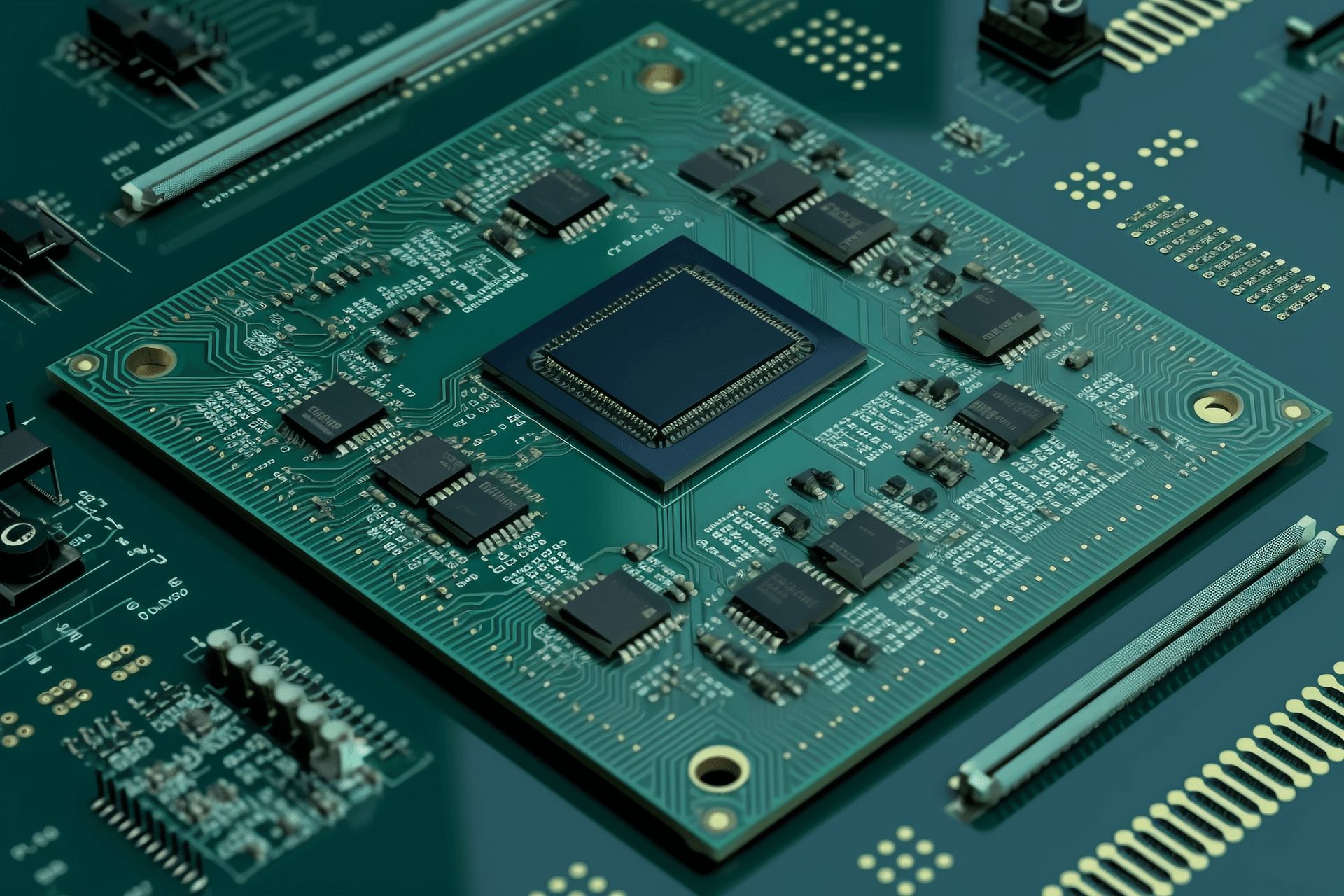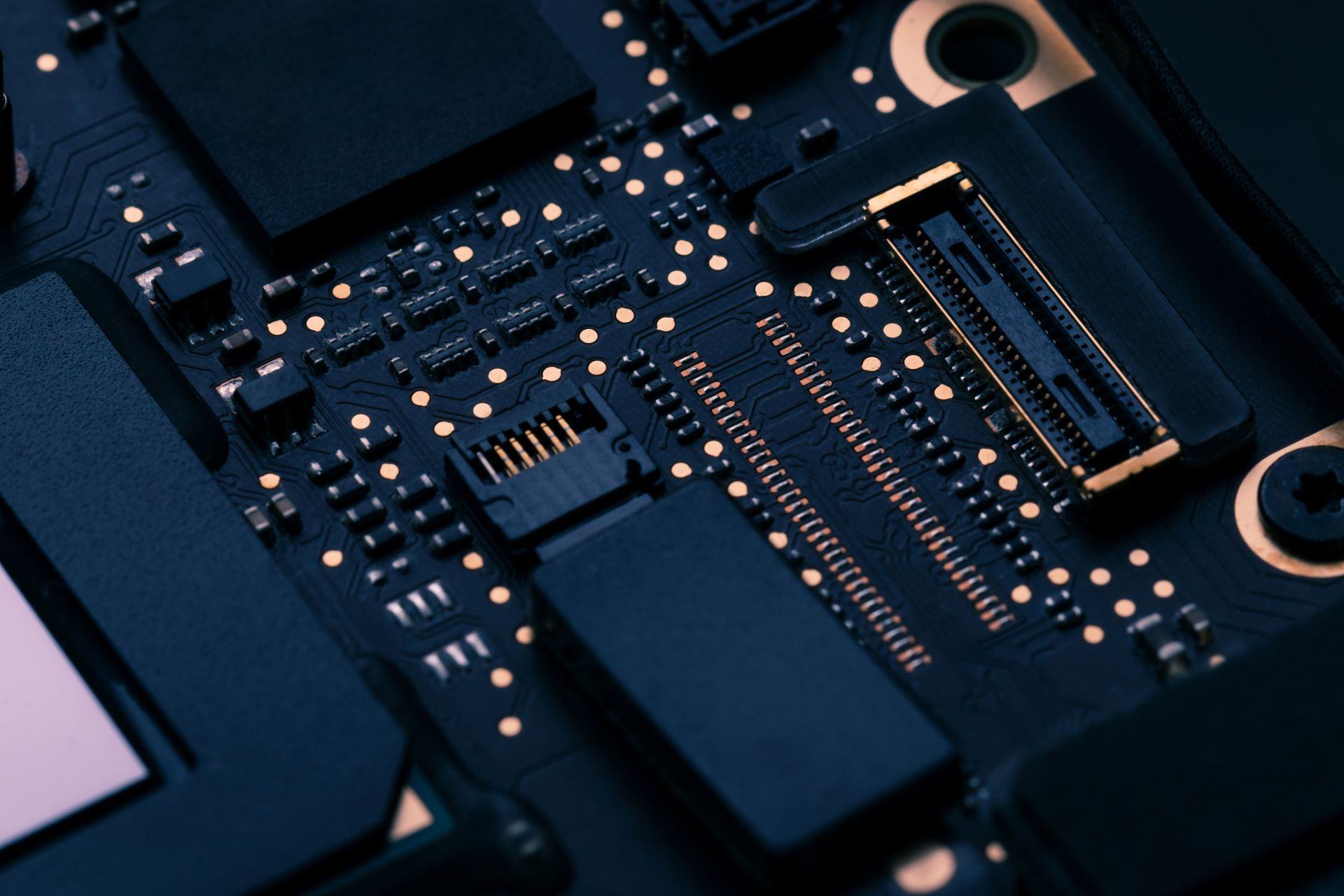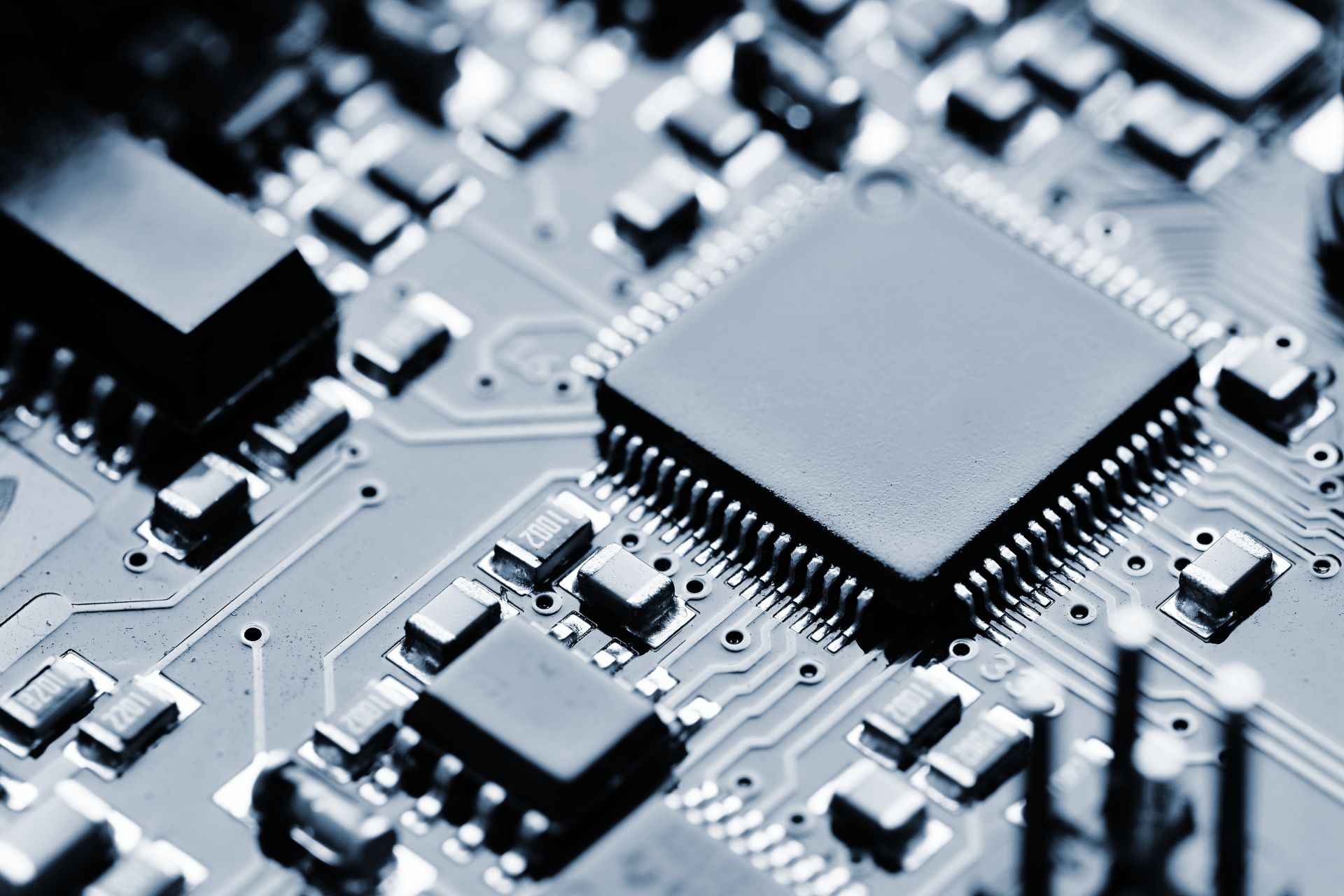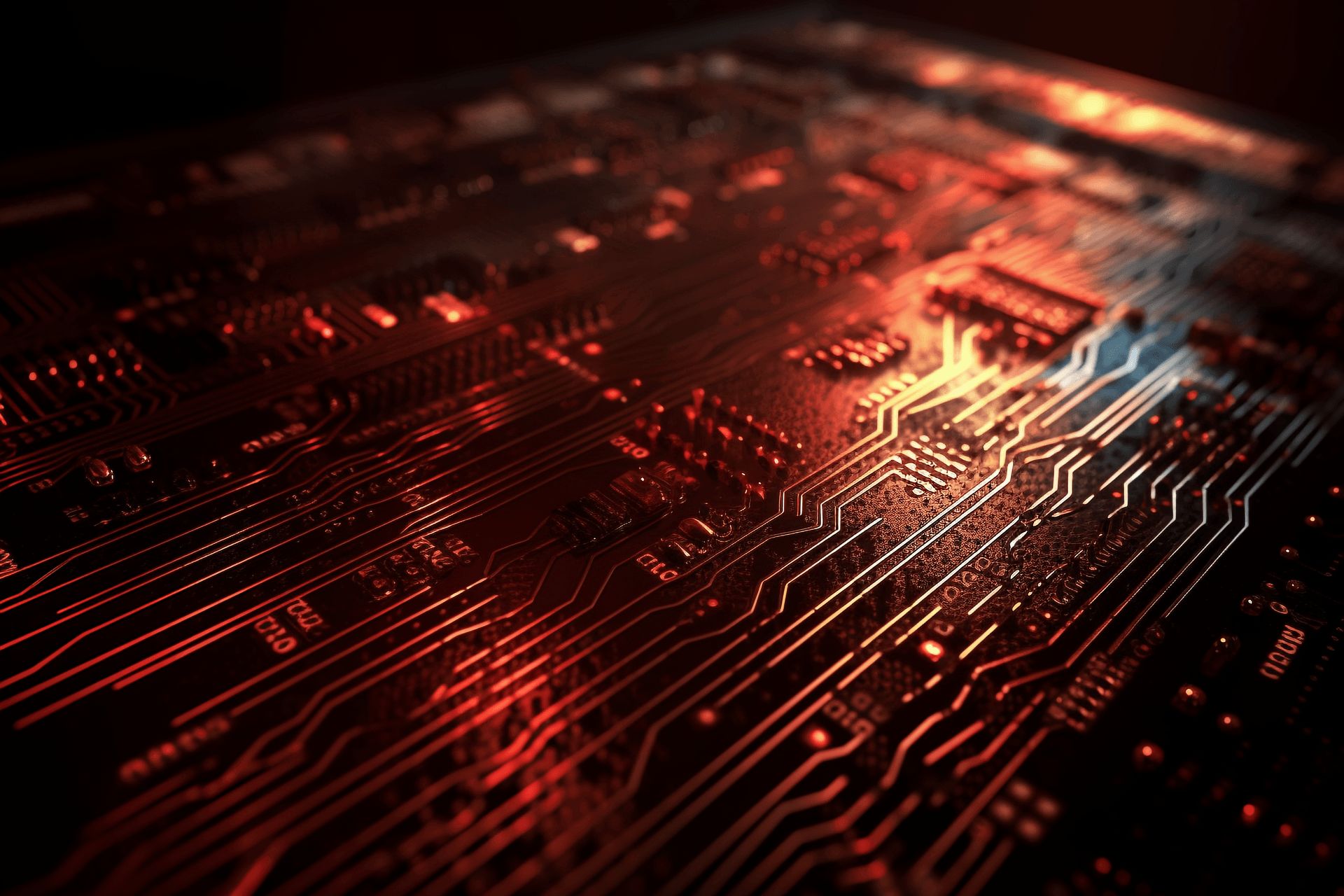Several types of printed circuit boards (PCBs) can be used for lighting applications. Here are some common PCB types suitable for different types of lighting boards:
FR-4 PCB: FR-4 is the most common base material for PCBs, which is a glass fiber-reinforced epoxy resin substrate. FR-4 PCBs are suitable for general lighting boards, such as residential lighting and office lighting.
Aluminum PCB: Aluminum-based PCBs have excellent heat dissipation properties, making them suitable for applications that require high-power LED lights, such as automotive headlights, outdoor lighting, and industrial lighting.
Ceramic PCB: Ceramic-based PCBs offer high temperature resistance and excellent thermal conductivity, making them suitable for high-power LED lights and applications that operate in high-temperature environments, such as automotive headlights and lighting equipment.
Flexible PCB: Flexible PCBs are made from flexible materials and are suitable for applications that require flexibility, such as curved lighting boards or foldable lighting boards.
Chip-on-Board (COB) PCB: COB PCBs use the technology of directly mounting chips on the PCB. They are commonly used in small-sized lighting products, such as LED light strips and indicator lights.
In addition to the mentioned PCB types, there are other specialized materials and technologies available for specific lighting board applications. When choosing the appropriate PCB type, factors such as power requirements, thermal management needs, size requirements, and design complexity should be considered.



